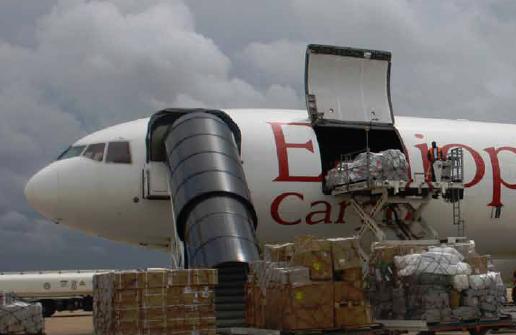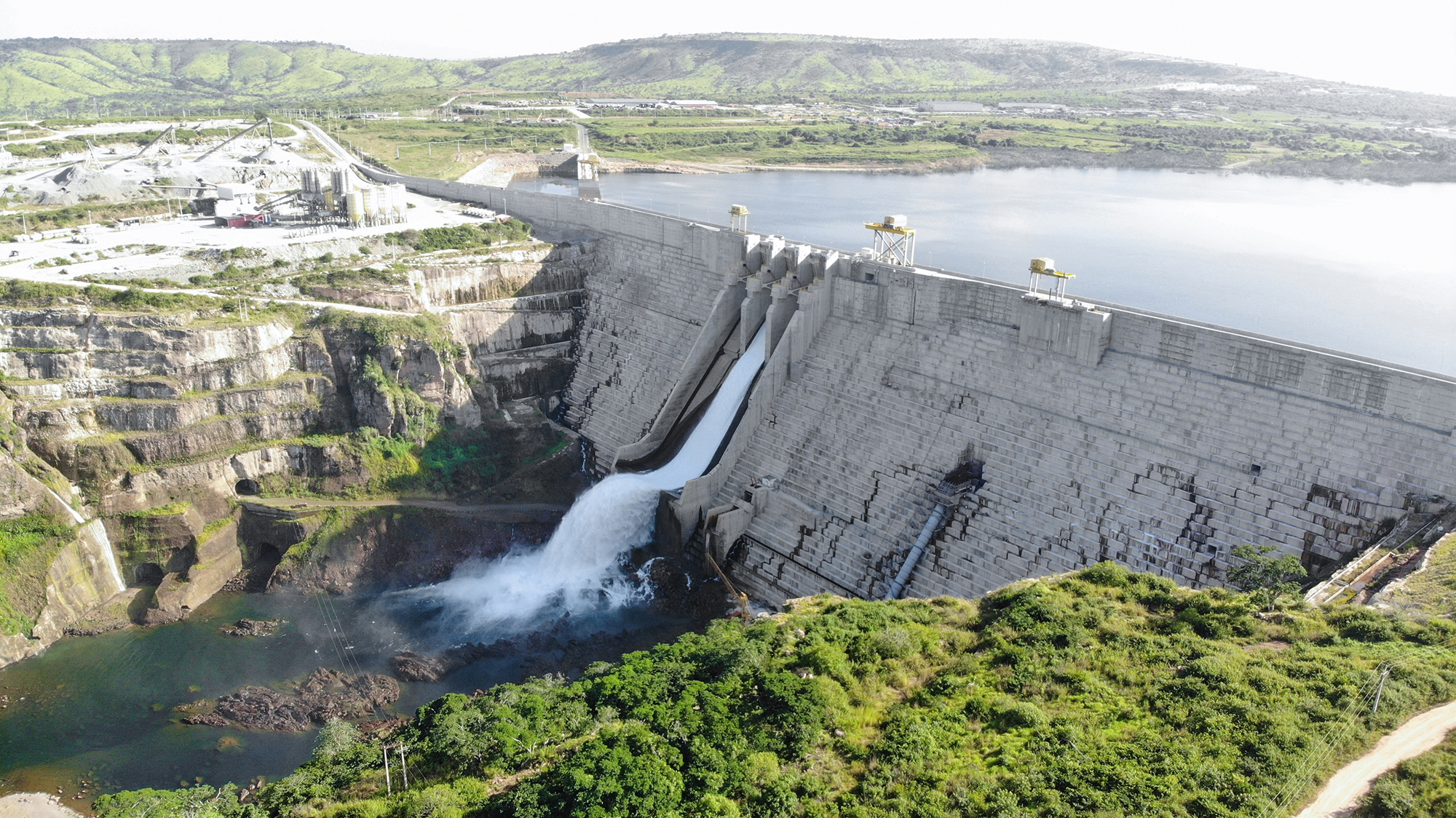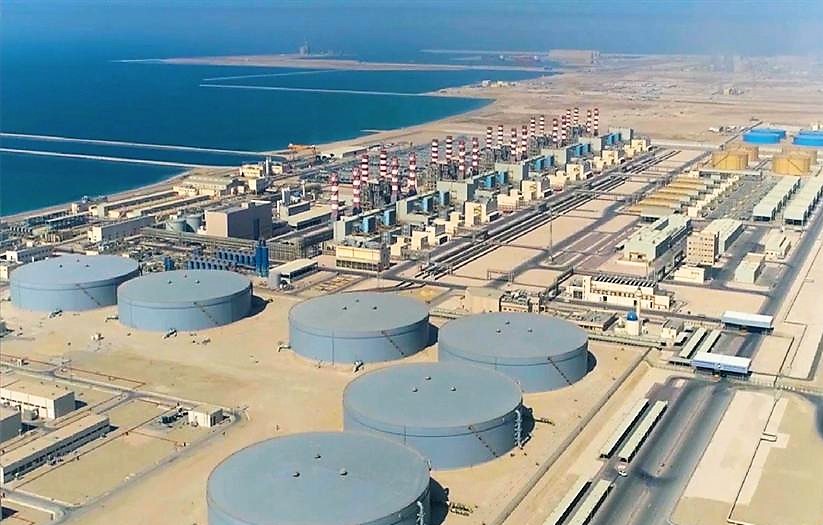
Prince Chintimbwe talks to Gay Sutton about the National Airports Corporation Limited of Zambia’s strategy to upgrade, expand and improve the nation’s four most important airports and create a gateway to the country that will leave a lasting impression.
Zambia is a country driven by two thriving industries. The primary revenue generator is the copper mining industry, which is based in the famed Copperbelt region. Having suffered many decades of slow decline, its fortunes have changed over the past five years and today it is in full expansion mode, fed by the insatiable demand for copper from the rapidly expanding Chinese economy. The country’s second main revenue earner, tourism, is also undergoing serious growth. Having displayed only a temporary dip during the global economic crisis, it has resumed its strong upward trend and continues to draw increasing numbers of people keen to experience the country’s stunning landscapes and wildlife.
Most visitors and workers arriving in the country enter via the airport of Lusaka, the country’s capital. The expansion in mining and tourism has been reflected in the passenger figures, which have been increasing at a rate of 10 per cent year-on-year. And the growth has also been felt by the regional airports that supply these flourishing industries.
The country’s four primary airports are run by the National Airports Corporation Limited (NACL) of Zambia. “We were established in 1989 by an act of parliament, with a mandate to provide air navigation across the nation and airport services at the four designated international airports,” explains the director of airports services, Prince Chintimbwe. “Last year we handled just under 1.09 million passengers, 65 per cent of whom travelled via Lusaka airport.”
Lusaka airport, the international gateway to Zambia, is NACL’s flagship airport. The three remaining airports within its remit are Livingstone, which services the tourist destination of Victoria Falls, Mfuwe which provides a similar service for the South Luangwa National Park, and Ndola which lies in the heart of the Copperbelt province and is the route of access for the mining industry.
“Being a landlocked country, the most direct route of entry into Zambia is by air,” Chintimbwe says. “So the airport is the first and last thing people see when they come to and leave the country. We want the experience to be pleasing, and to leave an impression that lingers on.”
Responding to the combination of significant growth and the need to provide a suitable customer experience, NACL has invested $725,000 in grant aid from the US Trade and Development Agency to create a masterplan for the development of all four airports up to 2029, an exercise that was concluded just a couple of months ago. “We have already implemented one of the major recommendations through the work we have been doing at Livingstone, which is predominantly a tourist destination. Our intention here is to attract and handle long haul tourist flights, and we are already well advanced towards that goal.”
Livingstone airport received attention as far back as 2007 when some €10 million from the European Union was spent rehabilitating and extending the runway from 2.3 to three kilometres. However, it is the construction of a new terminal that is expected to transform it into an international tourist destination. “We’re handling this in a phased approach,” Chintimbwe continues. “Phase I began in August last year and includes the construction and equipping of the concourse area and departure lounge, and this will go straight into operation when it’s completed in April next year. Phase II will then start immediately with the construction of the arrivals part of the international terminal.”
The new terminal will be furnished with the very latest technology from cargo and baggage handling through to passenger processing and security systems.
Once construction is completed, the current terminal, which lacked sufficient passenger waiting and handling areas and commercial space for international use, will be retained for internal flights. The entire project, terminal and aircraft manoeuvring pavements, is expected to cost around $95 million and will boost capacity at the airport to over 200,000 passengers a year, a huge step up from the 30,000 handled in 2001.
With the development masterplan in place, similar upgrades and construction projects are planned for the other three airports and work is currently being done to secure the necessary funding. Lusaka, of course, is the nation’s international gateway and the plans here are on a much larger scale. Designs are already completed for the construction of a new terminal capable of handling over two million passengers a year. Estimated to cost around $196 million, the work will also include expansion of the apron facilities.
Although these improvements are NACL’s top priority, the vision for the future of the airport is much more ambitious. “The airport sits on 1,950 hectares of land, of which only 170 hectares is developed, so we have the capacity to do quite a bit more too. We will shortly be tackling things like car parking, and we would then like to build travel hotels here.”
From the aesthetic perspective, considerable thought has gone into designing the airports to represent the region in which they are located. “All our airports will carry a theme,” Chintimbwe explains. “Livingstone, for example, is themed around the Victoria Falls and we would like to put a representation of the falls into the new terminal, although we haven’t finalised this element of the design yet and we might make minor changes to it nearer the time. We will have to see what the cost implications will be. However, outside the current terminal we have statues of David Livingstone and his two African cohorts who were with him at the time he discovered Livingstone. We intend to move those statues to the new terminal.”
From the strategic perspective, the short term aim is to begin work on Lusaka airport as quickly as possible, handling the construction in one single operation rather than in phases, and then to move on and improve and update Ndola and Mfuwe airports by constructing new terminals and improving the aircraft manoeuvring areas in a similar way. “All our current infrastructure predates our independence,” Chintimbwe points out. “So in the short term we are working to raise the cash as quickly as possible, then we will begin building these projects either this year or next year.”
Once the work is completed, it will equip Zambia to fully develop its blossoming tourist trade, and to provide comfortable and attractive travel facilities for the many people arriving and departing with the mining industry.
DOWNLOAD
 NACL_APR_11_emea-bro-s.pdf
NACL_APR_11_emea-bro-s.pdf













